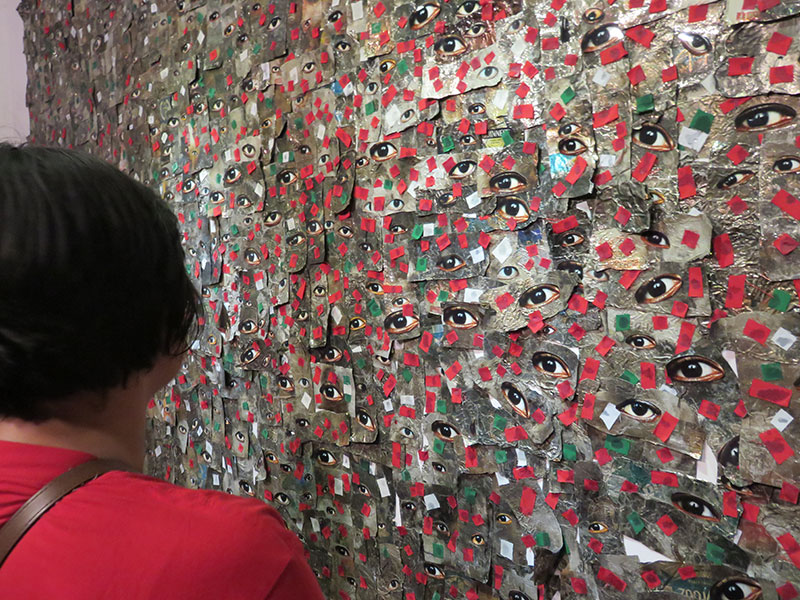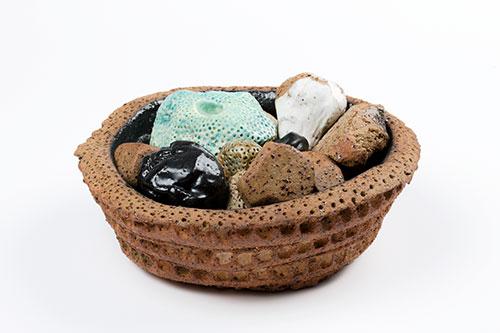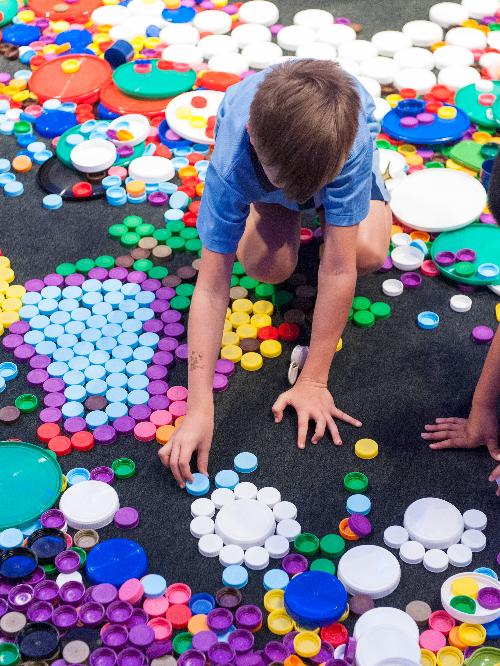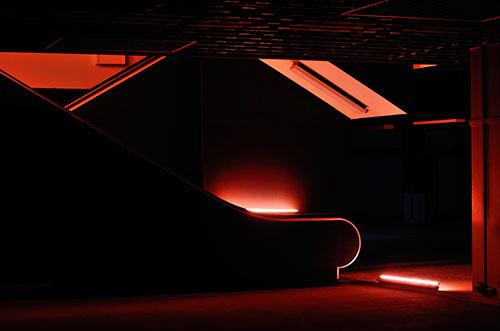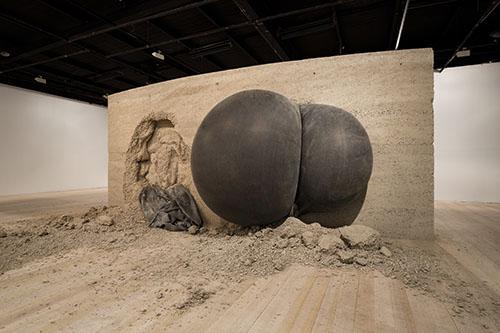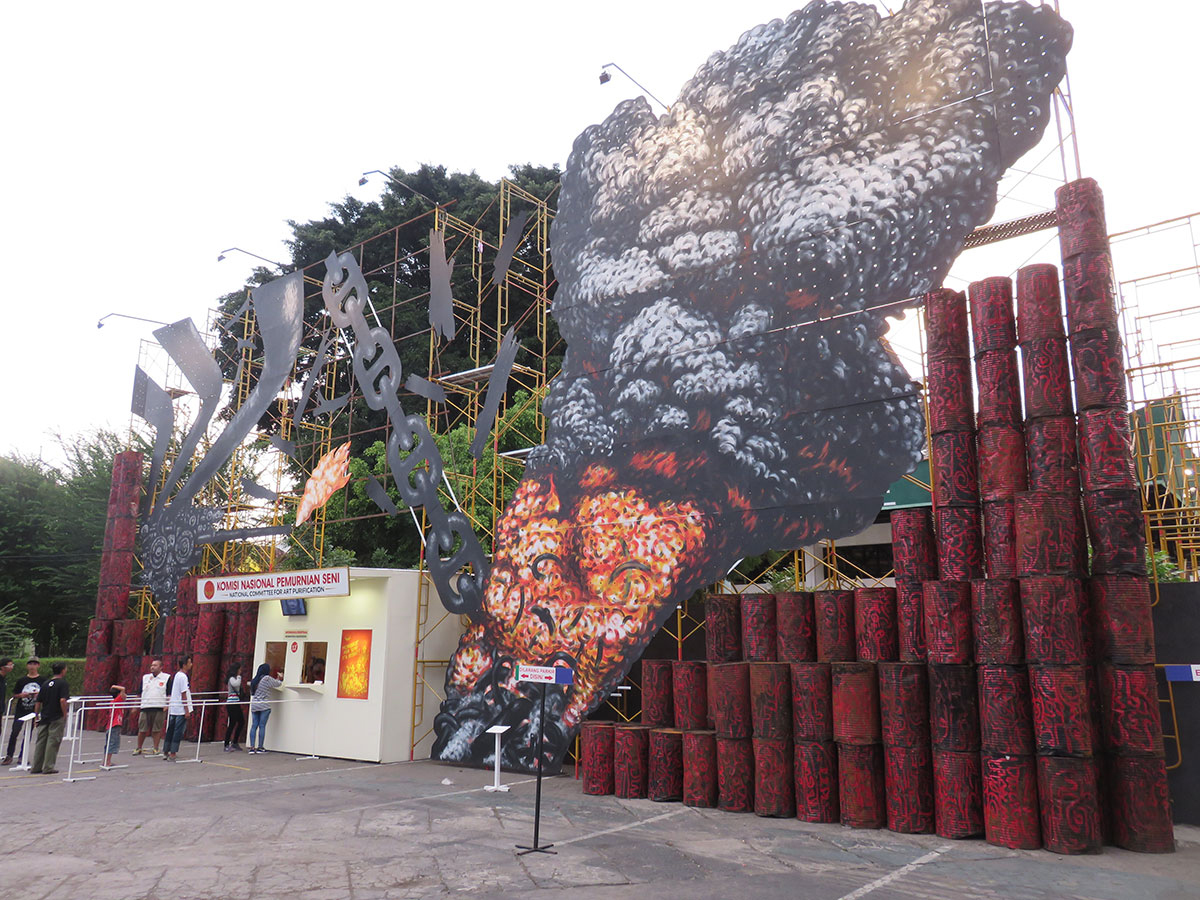
Working away in a dynamic, experimental space that is constantly alive with activity, exhibitions and new ideas that push the boundaries, you can sometimes forget that you are not in the centre of things. It took a talk by Nicolas Bourriaud as part of a forum at the Biennale Jogja XIII to remind me that, indeed, Yogyakarta is still on the periphery, in spite of its self-sustaining and energetic art scene. An excited audience filled the auditorium for Bourriaud’s talk, which he opened with amusing patter before promising to explain how his ideas around relational aesthetics in Asia had been affected by his curatorship of the Taipei Biennale. But what followed was a detailed explanation of “speculative realism” or anti-anthropocentricism in the work of Mark Leckey and Pierre Huyghe. In the panel discussion afterwards, challenged by local art historian Antariksa to identify a concrete path to overcoming the institutionalised absence of Asian art from the canon of art history, Bourriaud replied, “You just have to write it.”
Bourriaud’s comments remind us that places like Yogyakarta remain floating on the periphery of a sometimes oblivious centre. It was a timely reminder of the reasons behind the Yogyakarta Biennale Foundation’s attempts to reconfigure this relationship.
In 2011 the Foundation set out to tweak concepts of the periphery by building on the example set by the Asia Africa Conference in 1955. They conceived a new ten-year strategy for the Biennale: co-curatorship with nations selected from the equator zone between the Tropic of Cancer and the Tropic of Capricorn. More than a gesture to the centre, the Equator Biennale series aims to re-centre the art world using a geographical value as arbitrary as any of those imagined in postcolonial national borders.
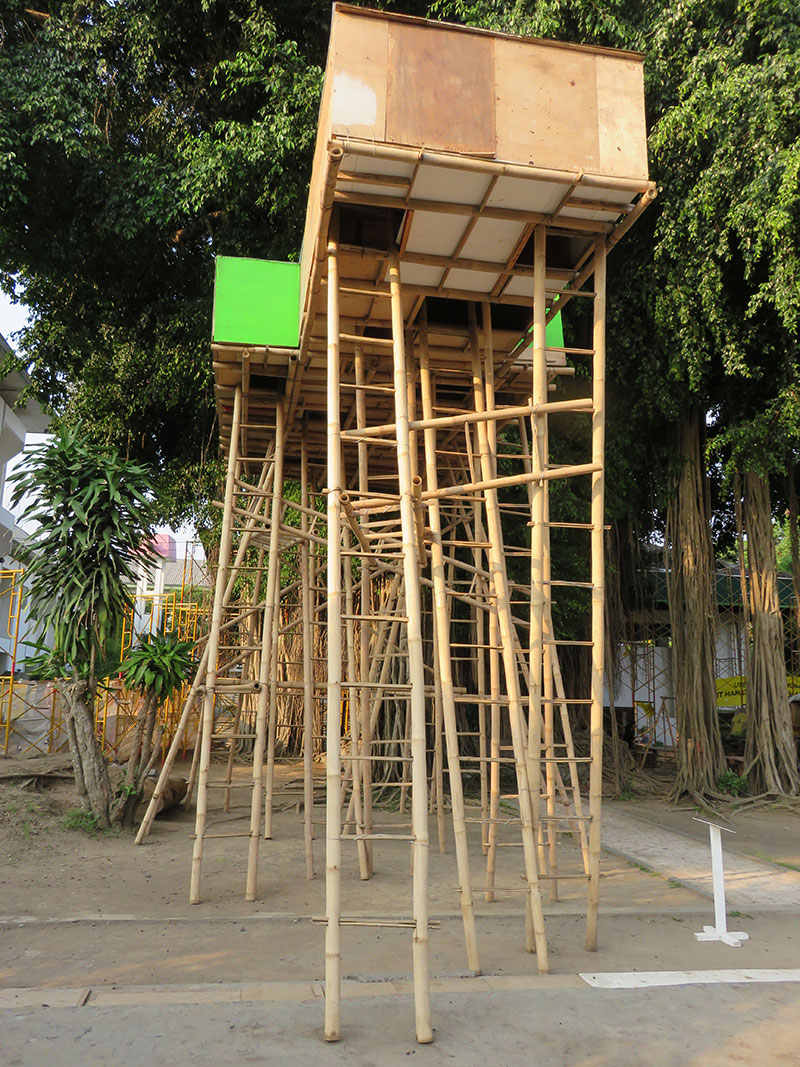
The first Equator Biennale (BJXI, “Shadow-Lines: Indonesia Meets India”, 2011) brought Indonesian and Indian artists and curators together to address themes of religiosity in a somewhat rushed exercise; in 2013 the collaboration with the contemporary art world of the Arab Peninsula (BJXII, “Not a Dead End”, 2013) suffered numerous setbacks behind the scenes. On the back of this tenuous back-catalogue, Indonesian artist–curator Wok the Rock and Nigerian curator Jude Anogwih determined the theme “Hacking Conflict” for BJXIII, based on their understanding of the shared history of colonisation, postcolonialism and dictatorship in the two nations.
Entry to the main exhibition was through a small booth resembling a ticket box, behind which visitors filled in forms and then submitted to a clinical “purification” with eye and ear-drops, as part of Ace House Collective’s National Commission for the Purification of Art (KNPS). In this way, visitors were cleared for reception of art’s transformative role. Playing on Indonesia’s many commissions – some of which encounter almost comical failings, such as the anti-government corruption commission’s struggles with internal corruption – there were lashings of irony in this work. Musings on the function of art in society, Ace House’s new form of “arts infrastructure” to develop audience appreciation of art was innovative, but discredited at the last hurdle. To regain the ID card surrendered on entry, one had to pass a multiple-choice test on the artworks; “appreciation” maintained its didactic position and interpretation fell by the wayside.
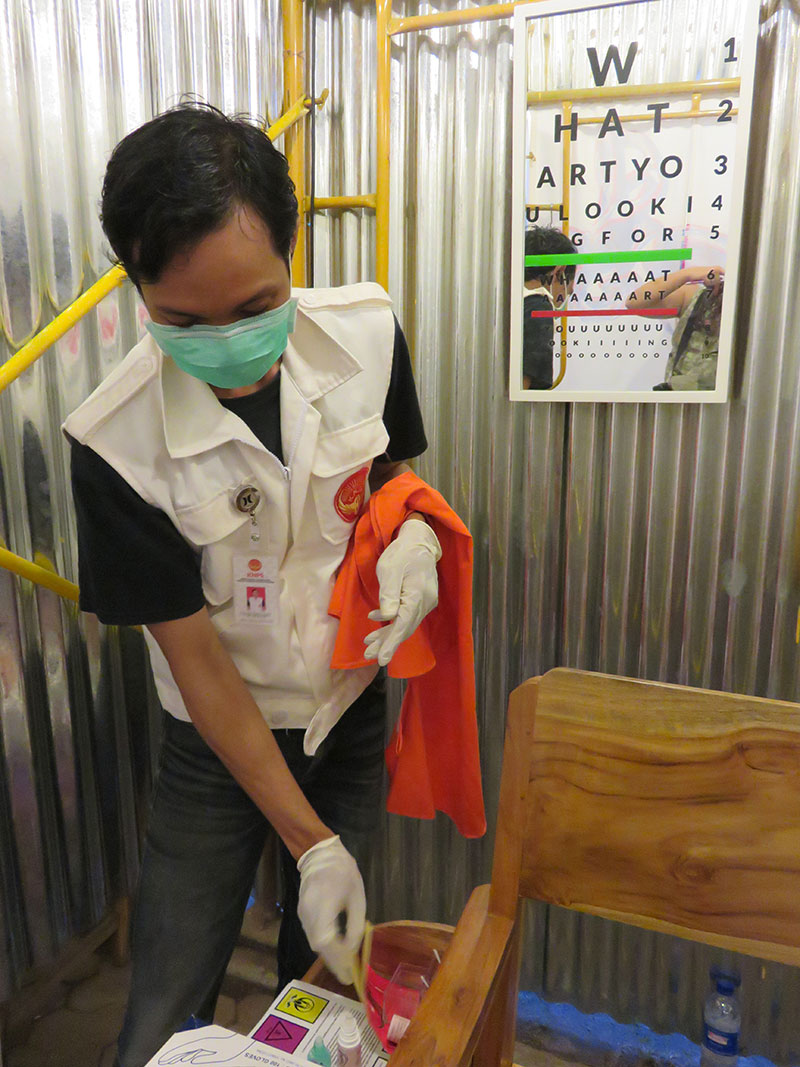
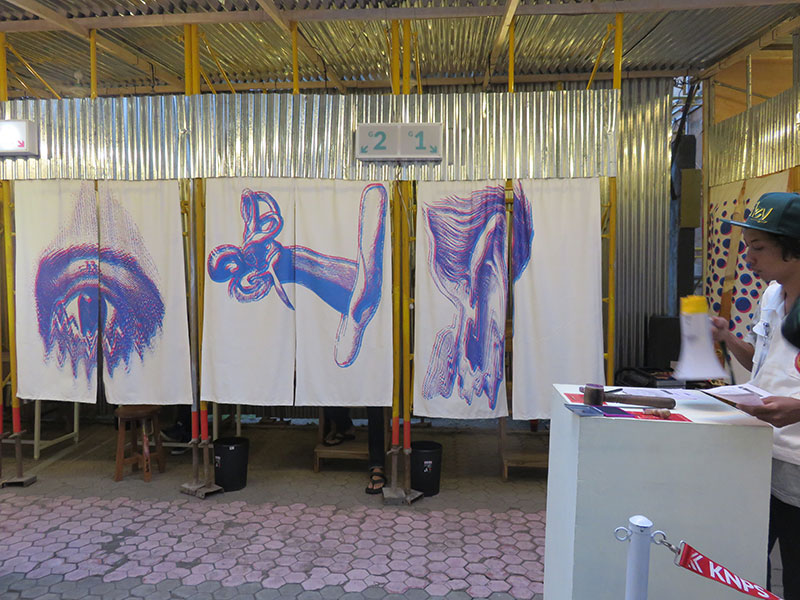
Within the Biennale, the most successful works emerged from artists involved in the residency programs in Nigeria and Indonesia. Anggun Priambodo’s Voices of the Equator evoked the discomfort caused by his attempts to photograph people in public places in Nigeria. Visitors climbed steep ladders on a perilous bamboo structure, which shuddered as people ascended and descended, then poked their heads into an enclosed platform where videos Anggun shot on the streets of Los Lagos were screening. Sweet Crude, Black Gold, Maryanto’s enormous façade of stacked oil drums and billowing smoke supported by scaffolding that surrounded the building raised the spectre behind much of the conflict in Nigeria and Indonesia’s respective histories; his collaboration with Victor Ehikhamenor was similarly haunting.
Other stand-out works included Nigerian artist Kainebi Osahenye’s enormous collage People to People, which married hundreds of Indonesian and Nigerian eyes printed with barely obscured cans of alcohol from around the world, alluding to global trade relations and the waste that follows their flow. Emeka Ogboh’s sound installation LOS – JOGJA was exhibited in the same space, confounding the senses with competing soundscapes from the streets of Yogyakarta and Los Lagos. These two works combined to create an enveloping atmosphere, reminiscent of being plunged into the streets of a busy city bustling with unfamiliar languages and sound.
The Parallel Events have been the site of the most interesting, interdisciplinary explorations in past Biennales, but in BJXIII the critical and explorative approach exhibited previously seemed absent, reverting to the well-worn path of community consciousness-raising and its dubious claims to criticality and empowerment. In a society riven with internal conflict, the ameliorative approach evident in most of the Parallel Event projects seems a lost opportunity for more provocative conversations.
Speaking on the exhibition theme, Wok underlined the inevitability of conflict in democratic society, and the possibility of harnessing the energy conflict generates as a positive force. To accentuate this, Wok selected artists from diverse backgrounds, even some who were not artists. Sadly, some of the most protracted conflicts in Indonesian society were barely represented precisely because a lack of diversity in the artists chosen. Only a quarter of the artists were women, and the same Yogyakarta-based artists and art collectives that have dominated recent exhibitions in the region appeared.
In spite of this, as the third iteration of the Equator Series, BJXIII “Hacking Conflict” contributes much to the research-in-practice that sets the Jogja Biennale apart from other exhibitions of its kind. The need to seek shared experiences between Nigeria and Indonesia – in contrast to those already inscribed in Indonesia’s contemporary and historical relationships with India and the Arab peninsula – produced genuinely intriguing and insightful aesthetic responses, demanding the audience respond with equal intellectual vigour. Honing the curatorial approach and applying it equivalently to the parallel events will no doubt produce another fascinating instalment for the BJXIV with Latin America.
